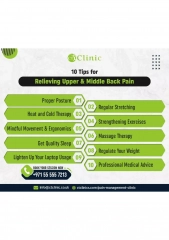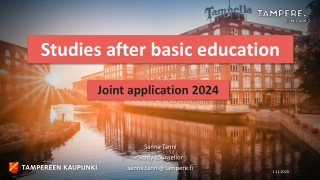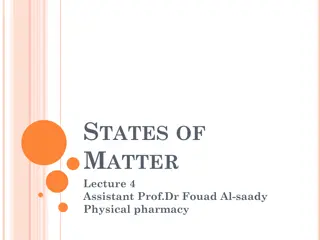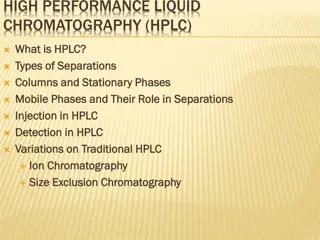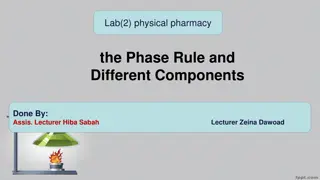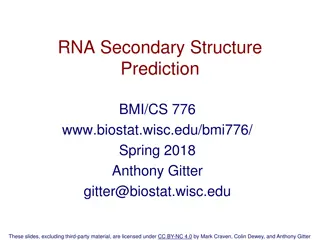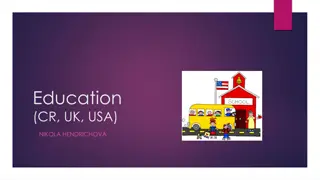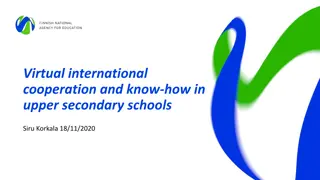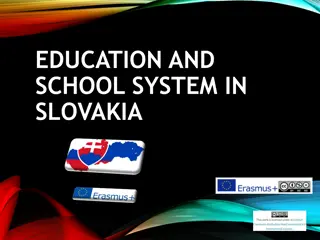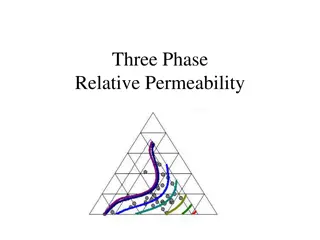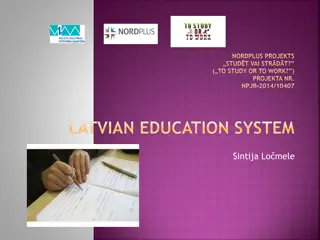Concept of an Extended Upper Secondary Education Phase Revisited
In this study by Ken Spours, Ann Hodgson, and Lynne Rogers, the concept of an extended upper secondary education phase in England is critically examined. The authors discuss the evolving landscape of education and training for individuals aged 14-19, offering insights and reflections on the current system. Through a thorough analysis, the researchers present a comprehensive overview that sheds light on the challenges and opportunities within the educational framework.
Download Presentation

Please find below an Image/Link to download the presentation.
The content on the website is provided AS IS for your information and personal use only. It may not be sold, licensed, or shared on other websites without obtaining consent from the author.If you encounter any issues during the download, it is possible that the publisher has removed the file from their server.
You are allowed to download the files provided on this website for personal or commercial use, subject to the condition that they are used lawfully. All files are the property of their respective owners.
The content on the website is provided AS IS for your information and personal use only. It may not be sold, licensed, or shared on other websites without obtaining consent from the author.
E N D
Presentation Transcript
14-19 education and training in England: the concept of an extended upper secondary education phase revisited Ken Spours, Ann Hodgson and Lynne Rogers Centre for Post-14 Education and Work UCL Institute of Education
Why revisit the 14-19 phase in England? USE increasingly important phase globally England has a half-realised USE phase - RPA but lacks a sense of overall purpose (including a sense of the future), the learner, the curriculum, institutional formation and meaningful stakeholder collaboration England s exceptionalism elective and narrow general education; low status vocational education; institutionally fragmented; middle ranking global performance; poor employer engagement; detached universities and under-resourced
International trends and tensions in USE Trends Towards universal participation mostly full-time Issue of relationship between general and vocational education Interest in pedagogy linked to demands for creativity and innovation Tensions Both end point and education transition point diverse needs Embraces both compulsory and post-compulsory degrees of compulsion and regulation Curriculum commonality and specialisation? Uniformity for social cohesion and diversity to meet individual needs Reconciling the needs of the society, economy and individual
Conceptualising USE & situating English 14-19 education Educational or employment logics England educational logic Tracked, linked or unified systems - curriculum, qualifications and assessment England now moving in the tracked direction Integrated or segregated institutions England primarily integrated but socially segregated - England has both due to selection by examination at 16+ Anglo-Saxon; Asiatic or Nordic global models of accountability and professionalism England s extreme Anglo-Saxon model + England s exceptionalism elective subject-based curriculum, depth rather than breadth and absence of a curriculum conception
Problems of the tracked direction Curriculum, qualifications and assessment Continuation of a narrow curriculum either theoretical or applied not both Progression problems for overlooked middle and lower attainers in both general and vocational tracks Institutions Many 14+ institutions not viable and also offering narrower curriculum Performance academic elite + long underachieving tail = middling performance measured internationally USE system Prevents creation of a coherent and inclusive USE system with common purpose for the 21st Century
Learners development Learners marginalised by subject-based curriculum and institutional self-interest Development needs of young people are often ignored Learners outside the academic track face immense challenges in navigating the system Adolescence identity formation cognitive and motivational strategies becoming an adult and a worker Developing a sense of career goals
Learners transition & decision-making Challenges of transitions vulnerability of some learners, inequalities in careers guidance and opportunities and impact of selection at 16+ Challenges of decision-making during adolescence and the need for time The complexity of careers in the 21st century Inequalities in careers guidance, impact of selection at 16+ Opportunities to engage in work placements and work experience: authentic understanding
An extended upper secondary phase Pace Learners learn at different rates Need for open and more transparent system with curriculum space to really place the learner at the centre and create a place for all learners Lessening the emphasis on summative assessment at age 16+ would give rise to greater opportunities
Case for an extended phase - 14-19 Direction of international debate is for late selection and against early school leaving The English case for an extended phase is more specific: Need for a USE phase with a clear educational and developmental purpose Gradual transition towards greater specialisation with greater breadth and balance for all learners 21st Century learning Reducing/eliminating the 16+ barrier Young people learning and achieving at their own pace stage not age
Curriculum-led approach Curriculum/organisation distinction in the 14-19 phase a curriculum framework has to overarch institutional diversity Curriculum-led approach - an overarching curriculum framework with clear purposes and principles and balances of breadth and specialisation, theoretical and applied Increasing quality and breadth of general education greater range of subjects post-16, research and activity based with personalised Core Enriching vocational education Tech Bacc (for breadth and depth), greater access to workplace learning, in-built general education and a vocational pedagogical approach for all
Strong institutions in a collaborative formation Institutional early vocational specialisation faces big obstacles in the English competitive system low recruitment/low attainment/ low breadth/low efficiency syndrome High quality vocational education assisted by institutional collaboration, co-ordinated approach to employers as a way of building High Progression and Skills Ecosystems (HPSEs) Improving the quality of vocational institutions to concentrate vocational resources; professional expertise; vocational pedagogy and live projects ; co-ordinated relationship with employers and workplaces and progression routes.
Conclusion Completing the construction of an extended high quality, universal and inclusive English USE phase Importance of overarching curriculum principles and frameworks that engage with the demands of learning for the 21st Century Holistic and multi-dimensional approach to reform that is curriculum-led Vocational learning not only as a track but as a mode of innovation and a 21st Century mindset Treating the transition of young people seriously Institutional collaboration at the local level for cost- effectiveness and equity


